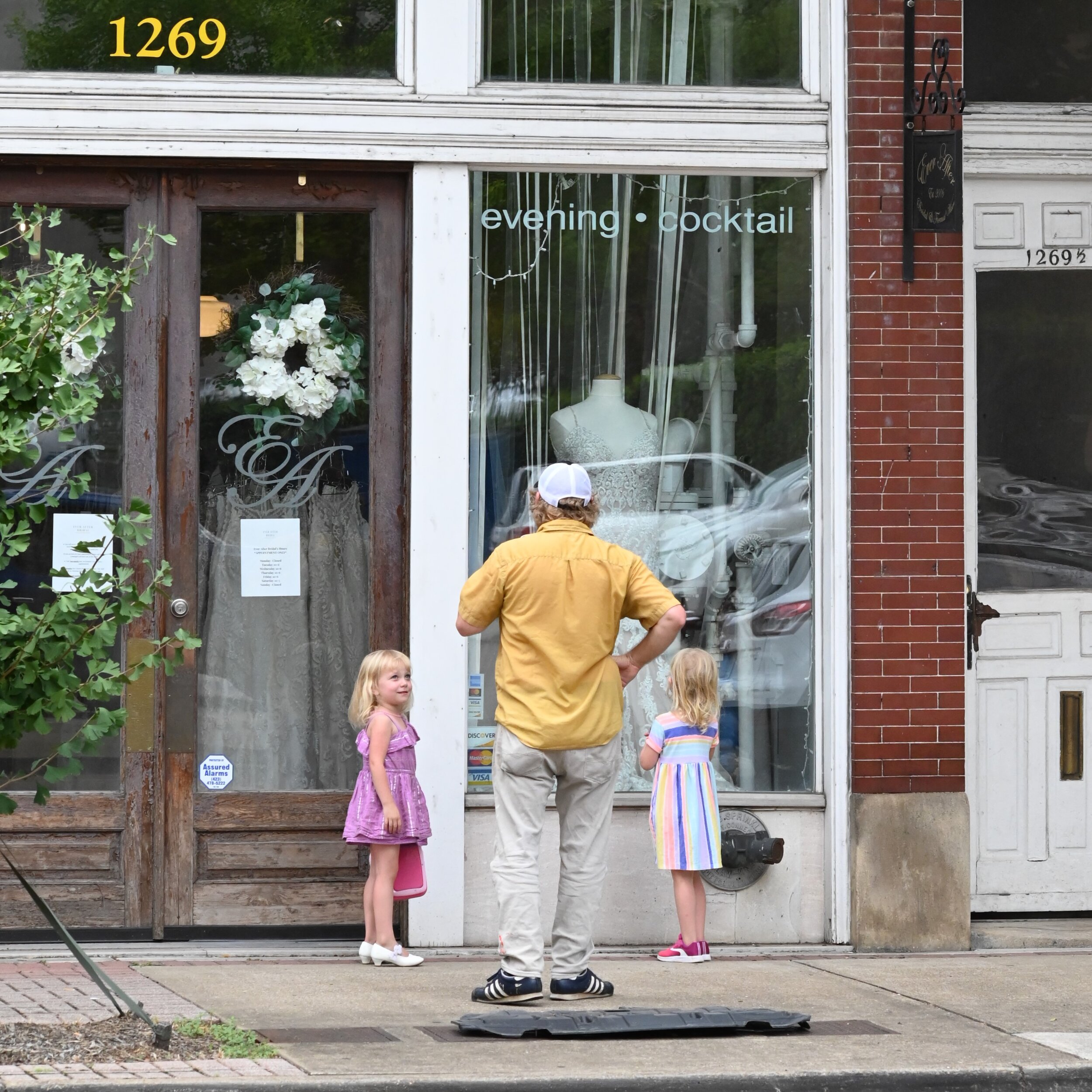…and this is what I have figured out.
It is just plain fun to grab a camera, a spare battery and hit the streets to see what I can find to photograph. My weapon of choice is the Leica CL mirrorless camera with one of several lenses. Usually though, my Leica CL is wearing a Voigtlander 35mm Nokton or a TTArtisan 35mm f1.4, you never know which.
I really like the 50mm perspective of these lenses on a crop sensor camera like my Leica CL. If I use a full frame machine then Iwill usually opt for something in the 50 to 58mm range as well.
I will take my 28mm lenses for the occasional stroll, but my staples are the 50mm lenses. Shoot, I even have the Leica APO Summicron SL for my Leica SL2 mirrorless camera as well because I like them so much. That is an insane package to be just strolling around town with slung around your next…as well as heavy. Haha.
I have spent so long making YouTube content that I had actually forgotten how much fun it was to just go shoot. I will now get my camera and a battery or two and just hot the bricks. What I had to learn to do was to male a video about one every so often to share what I am doing with the viewers. I took a “sabbatical” the lasttwo years in the first part on the year so I could do this. It helped dramatically too with my wellbeing and my creativity.
This literally took me years if not decades to truly figure it out. That is a hard pill to swallow at times too. Looking back, things could have went a very different way had I followed my real passion instead of thinking I could be like Peter McKinnon… Live and learn I guess. Before Pete came along and made me think I could be this ultra successful YouTube personality, I did thingsthat other people said were what you should do. Like do street photography with wide glass and get close to people and stuff like that. That works for some people, but not me, I seem to have a real problem getting close to other people. Invading their personal space is such a red flag for me that I will just let the photo go before I attempt something like that. This made for some truly terrible photos just to be honest about it. Mostly, it made me not want to go out and shoot though… so my very first Nikon DSLR would sit in the closet for months at a time with me so much as looking at it. Who wants to goto a job and be stressed about that all day THEN make your hobby about “getting out of your comfort zone” and being stressed about that too?!? I almost gave up photography at one point because of this to be honest.
I finally found some joy when my daughter began competing in rock climber. She joined a team and they would go all over for these events and I got my camera out and started photographing these gatherings and realized that there was more to this hobby than just what others said is good photography. I found a lot of joy in capturing interesting angles of the climbers and going to the trouble of sharing the photos with the team when done. It was really rewarding to be honest.
Then I broke my ankle and at abouht the same time, Sierra “aged out” of the team and stopped attending the events as life got in the way. Well, I needed a new avenue to focus on and found it in my YouTube channel. I learned over the years that a good youtube content creator is not a good photographer, they are two very different things and I wandered down that rabbit hole for a while before realizing that it wasn’t going to work for me. Ultimately I found that I loved to go on photowalks and simply take pictures around me. This is where I am at now… just a guy with a camera out taking some pictures… and I hope you are too.
Thanks for following along on my ramblings here and I hope to hear from you soon!












































































































